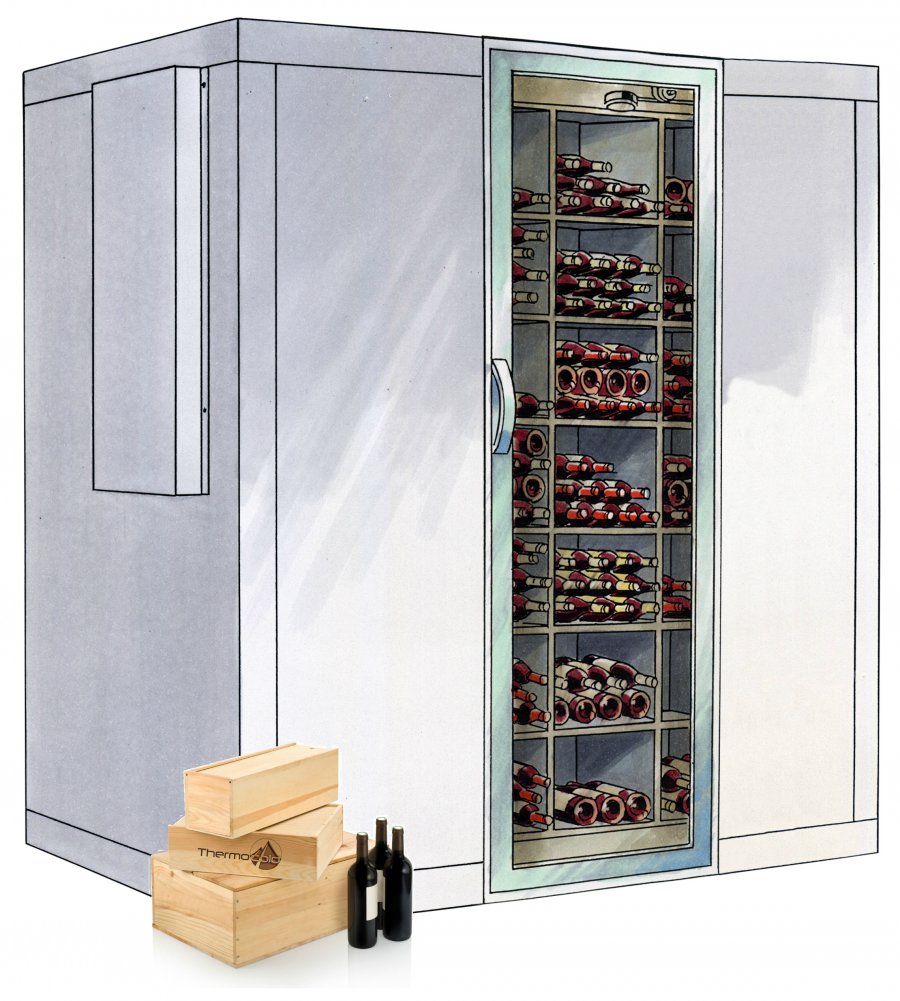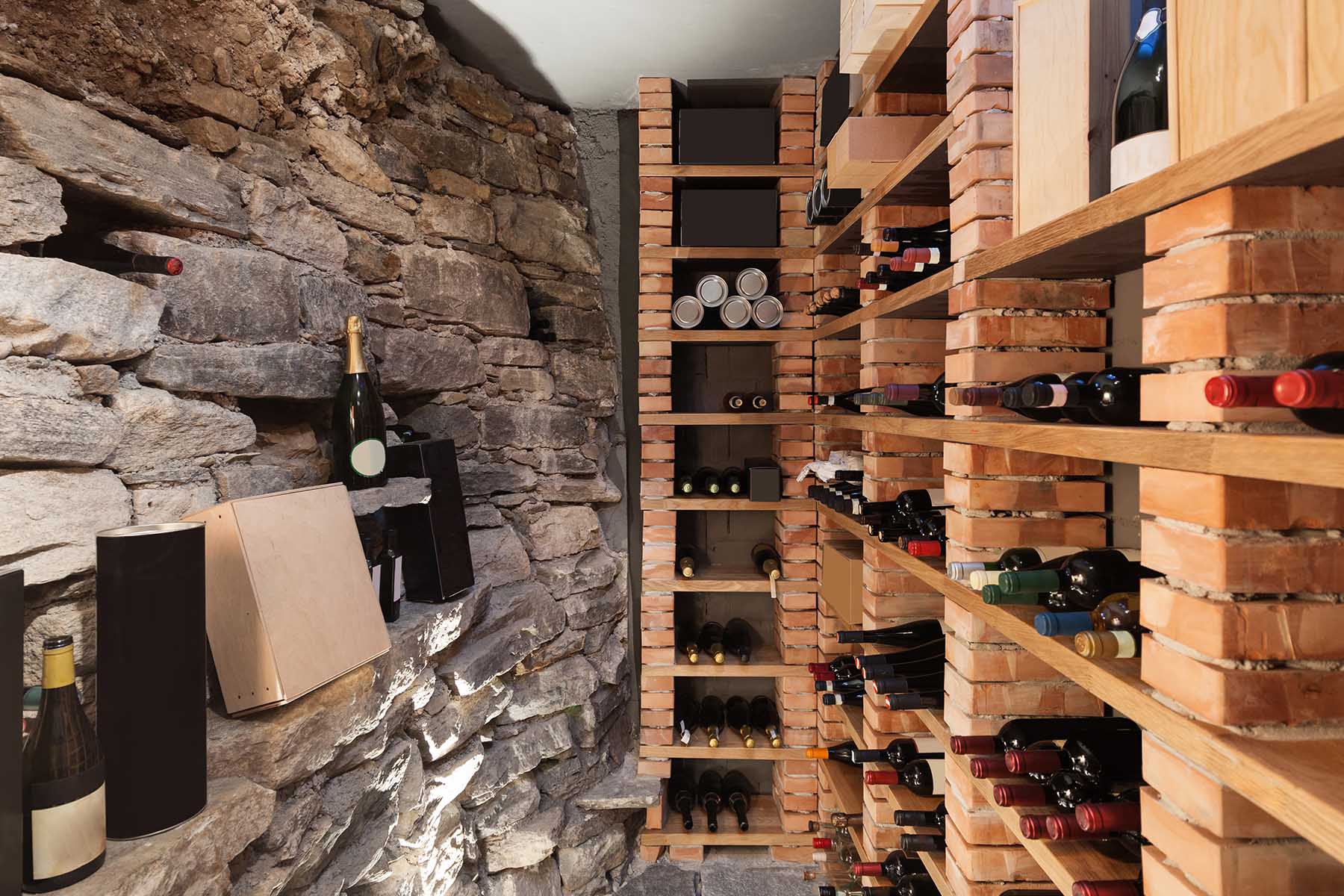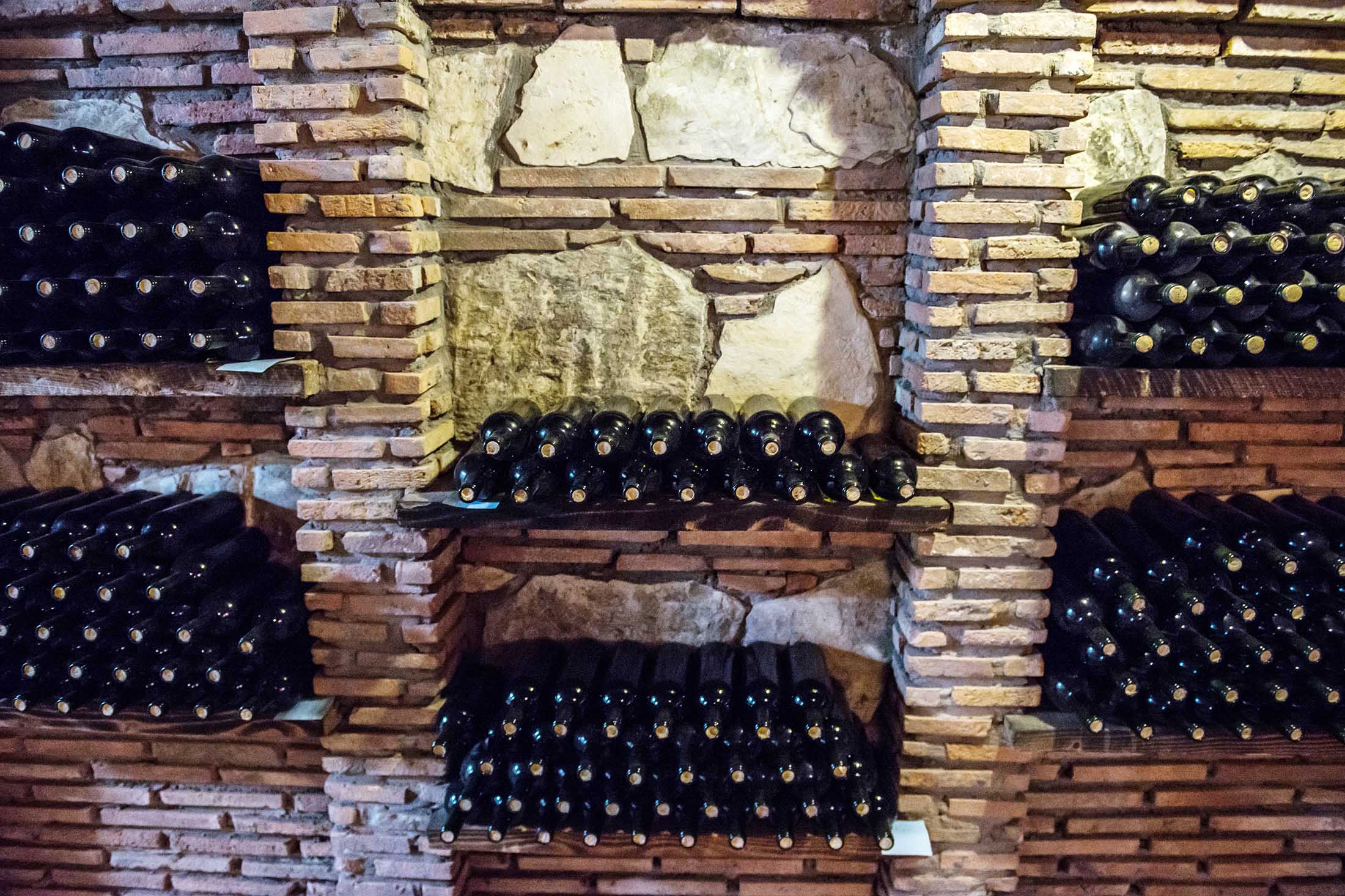Description
Here you can learn a little about the difference between storing and storing wine. Storage should improve the quality of the wine through maturation.
Storage aims to preserve the quality of the wine in the time between purchase and consumption.
Storing wine is not at all reserved for the experts, and an advanced wine cellar is not necessary. If you have a cool room it’s a good start, but the temperature in the room must be low, stable, with low light and some humidity. In a basement, you should strive to fulfill as many of these points as possible:
- The ideal storage temperature is between 8 ° C and 12 ° C. Many basements are warmer in summer and cooler in winter. However, it does not have much effect on the wine as long as the temperature changes occur gradually. Wine does not benefit from sudden fluctuations. If stored hot, it will develop faster and may have a boiled taste. If it gets too cold, development will be inhibited, and the wine may precipitate. For the same reasons, you should avoid freezing wine.
- The humidity in a wine cellar should be at least 60-70 percent. It does not matter to the wine if the cellar is more humid, but then you risk that the bottle labels are damaged.
- The bottles must be stored in the dark, as light can affect the color and cause the wine to develop faster.
Eventually, the wines will begin to lose their freshness and may have an oxidized taste. This development takes place slowly and gradually, but faster at too high a temperature. It is important that the wines are stored in the dark and do not become too warm.
Wines with natural corks must be stored horizontally so that the cork stays moist and does not let air into the wine. Bottles with screw caps should stand upright as prolonged contact between wine and metal caps can affect the taste.
A wine with synthetic cork can either lie or stand. Cardboard wine is intended to be drunk young. It should be kept cool and consumed within three to six months. In the open state, we would recommend a shorter storage time.
Simpler wines are made to be consumed young, and usually do not benefit from being stored for longer than half to a year.





